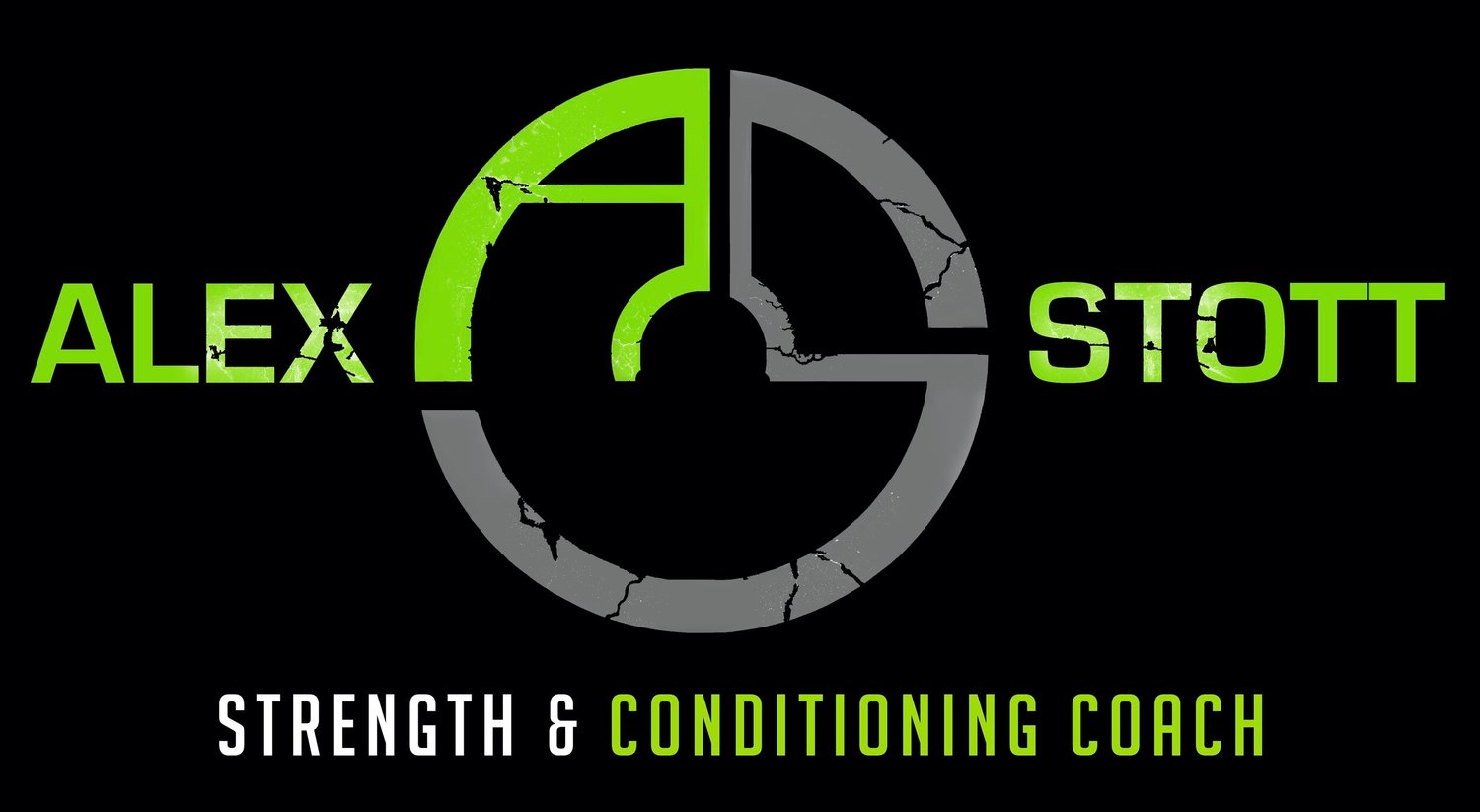Mobility Vs Flexibility
Is one or the other more important when it comes to performance?
You might be asking what the difference is? Aren’t they just different names for the same thing? The simple answer here is no, they are two very different concepts and knowing how can help you to move and perform better. Lets start by looking at the definition of the two.
Flexibility - The ability for a muscle or group of muscles to lengthen passively through a range of motion
Mobility - The ability of a joint to move actively through a range of motion.
When looking at flexibility we are predominately looking at structures within the body that are connective tissue, so while we can temporarily elongate them we cant lengthen them. Think of the muscles as an example they are attached to a bone at either end. And when assessing flexibility the passive component means that we will need external assistance from bands or another person for example to create the movement in the connective tissues while the muscles allow the movement to occur.
If we lack flexibility then you cant move through your natural range of motion and are likely to feel some pain or discomfort. This will have an impact on day to day activities such as sitting, putting shoes on, getting out of bed, bending down or reaching to pick something out of a cupboard. While we can stretch and stretch to try and improve flexibility, if we lack the mobility at a joint and the joint wont allow the full range of motion then there will be a limit to the progress that we can make and how much we can lengthen the muscle. So what about mobility then?
When taking about mobility we are looking beyond just the muscles, this active range of motion is influenced by many of the other structures in the body, such as how well the joint moves within the joint capsule. But a further key component of mobility is the motor control requirement which brings in the central nervous system and body awareness. Mobility requires strength to create the control, it requires the strength to generate the movement.
Mobility is essentially our ability to move to perform, to put out bodies into different positions and move without restrictions or pain. If you aren’t able to move through your natural movement patterns with control then the chances are that both performance will be limited and the chances of injury are increased. So while yes flexibility is important, it is also a component that influences mobility. When looking at maximising performance assessing mobility and using this as our yard stick is far more effective.
To put this into a practical example, let’s take the squat as an example. An individual who displays great flexibility may be able to generate great depth in their squat when there is no additional load applied. Yet if we were to stick a bar on the back and ask them to perform a squat at even a moderate weight they could lack the co-ordination, balance and strength to perform the movement with good form or at all.
The flip side to this is we could have an individual who displays fantastic strength, co-ordination, balance but lacks flexibility. The result is they might be able to complete a partial rep with significant weight on the bar but lack the range of motion to achieve any real depth.
So how can we translate this into practice?
So while yes stretching, foam rolling and the likes of massage can help to improve flexibility and have a knock on impact on mobility the simplest method to improve mobility and performance is to build some daily mobility work into the warm up of your training session. Think the RAMP warm up
R - Raise hear rate and get the body warm
A - Activate the body and the muscles
M - Mobilise the joints, the muscles and the movement patterns
P - Potentiate, to fire up the central nervous system
Building mobility into the warm up of our training will also allow us to gradually increase the active range of motion we have and to get the body into new positions. The fact this has an element of strength, control and input from the central nervous system means we can start to begin the process of creating strength and stability in the new positions. This can then be further enhanced and ingrained in the main block of training.
